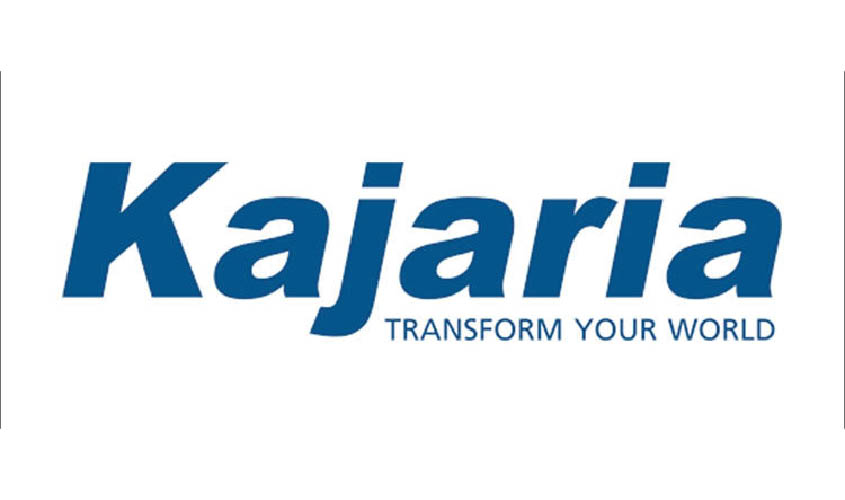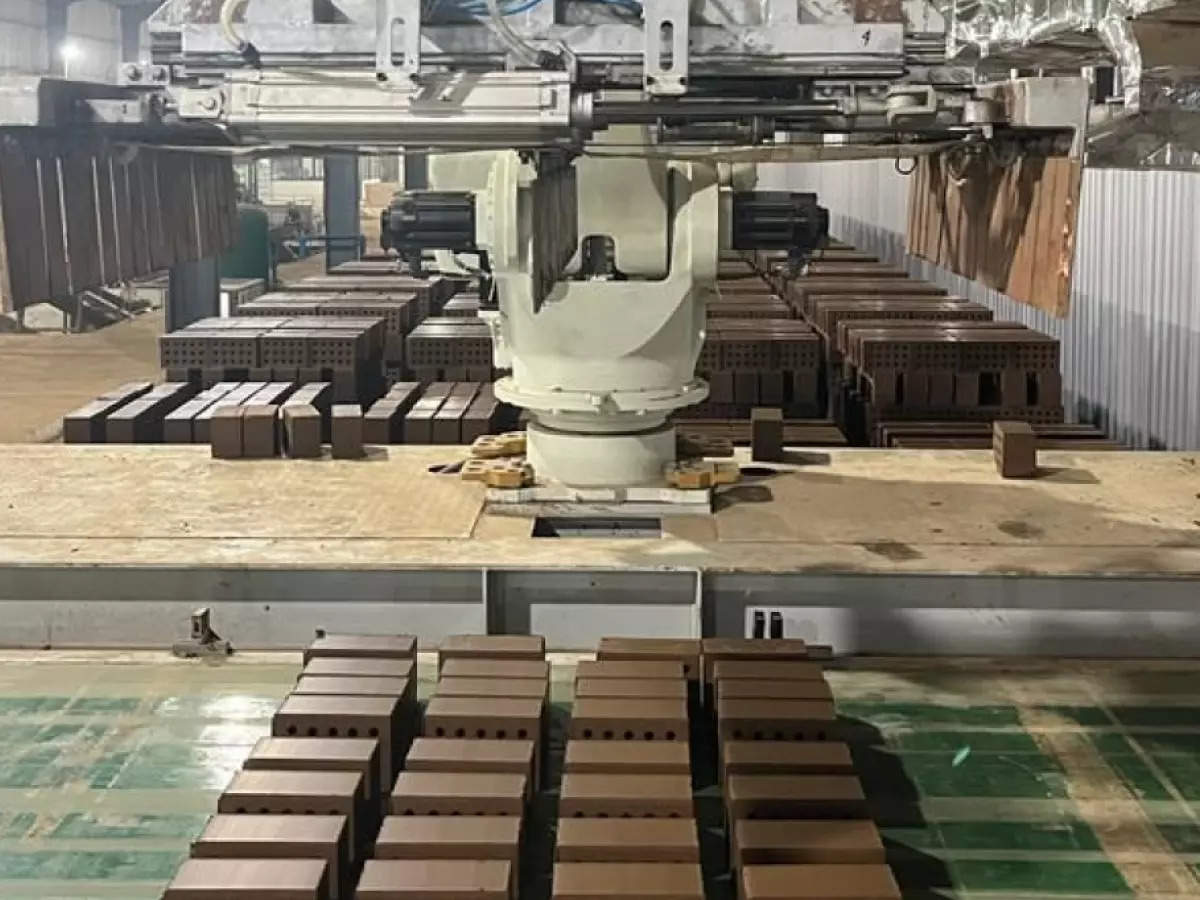E - PAPER
Rainwater Harvesting Structures Restore Coimbatore Groundwater
Following the severe drought in Coimbatore district in 2016, the District Rural Development Agency (DRDA) started construct
 BY
Realty Plus
BY
Realty Plus
Published - Tuesday, 12 Jan, 2021

Following the severe drought in Coimbatore district in 2016, the District Rural Development Agency (DRDA) started constructing rainwater harvesting structures in farmlands in village panchayats by reviving one of the oldest agriculture practices to recharge groundwater table.
In the last four years, the agency constructed 12,755 earthen bunds in the district and as a result, groundwater level, which was at 29.62 metres in May 2017, went up to 14.63 metres in May 2020. “Earthen bunding is nothing but raising the bunds of farmland for up to two feet. By doing so, we would be able to keep water stagnant in the farmland and it would percolate into the ground. The structures will also help to retain nutrients in the top soil and increase yield,” project director Rooban Sankar Raja said.
Earthen bunding is constructed under the Mahatma Gandhi National Rural Employment Guarantee Act (MGNREGA) at farmlands of small and marginal farmers, Raja said. “Of the total cultivation area of 1,65,260 hectares, 71,385 are owned by small and marginal farmers. Most of them are dependent on borewells for irrigation. Of the 228 village panchayats, underground water in 213 panchayats is overexploited and 15 others are in semi-critical zone,” he said.
The agency started constructing earthen bunds in 2017 and as of now, as many as 12,755 such structures are constructed at a cost of Rs 172.11 crore. Considering that the average rainfall in the district is 690mm, we could save up to 30 lakh litres of rainwater in one acre a year. Groundwater level in May was 14.63 metres and in November, it increased to 12 metres. DRDA also constructed 44 farm ponds, 438 sunken ponds and 13,88 earthen trenches this year.
RELATED STORY VIEW MORE
NEWS LETTER
Subscribe for our news letter
E - PAPER
-

CURRENT MONTH 
LAST MONTH















